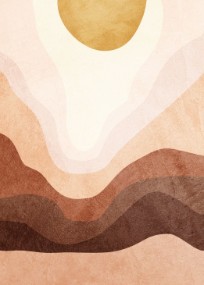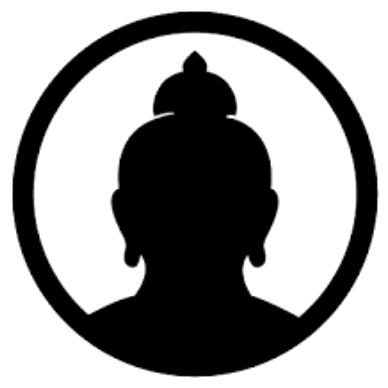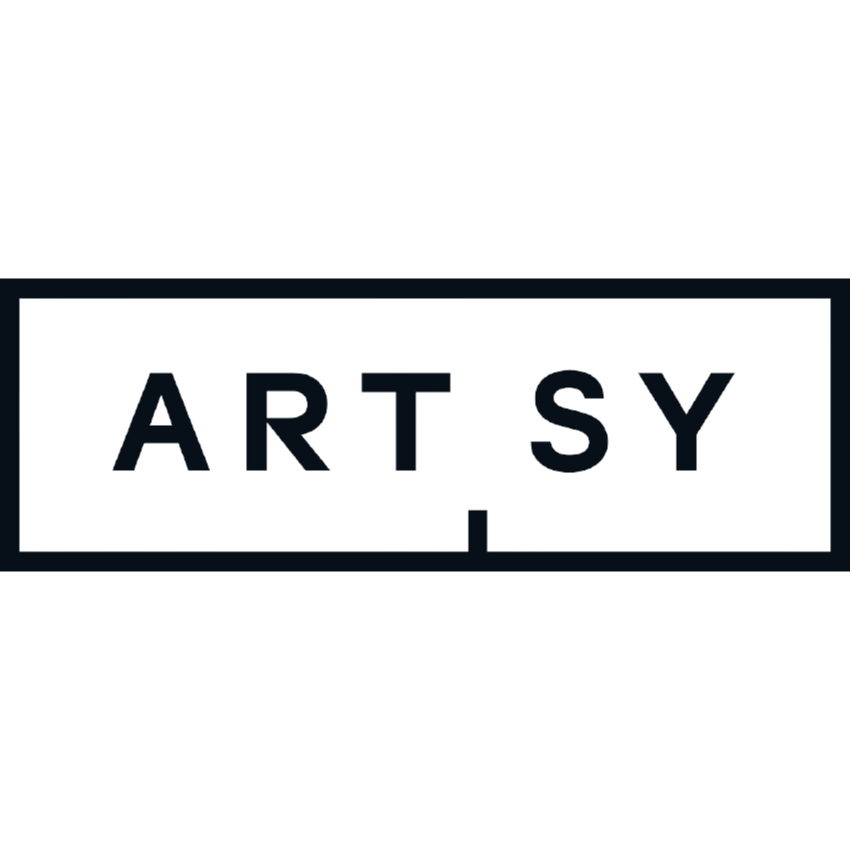The author says Muhammad Ali taught him that you can’t just make claims, you must train and prepare to be great.
YOU MIGHT ALSO LIKE
CLEAR ALL
BY TOPIC
BY TYPE
FILTER

TOPIC
- Self-Worth (22)
- Identity (21)
- Self-Development (21)
- Creative Well-Being (20)
- Emotional and Mental Health (19)
- Self-Mastery (19)
- Social Responsibility (18)
- Confidence (17)
- Work Relationships (16)
- Work-Life Balance (16)
- Leadership (15)
- Women’s Well-Being (15)
- BIPOC Well-Being (14)
- Communication Skills (13)
- Focus (13)
- Imposter Syndrome (13)
- Young Adult Well-Being (13)
- Athlete Well-Being (12)
- Cancer (12)
- Emotional Labor (12)
- Motivation (12)
- Performance Anxiety (12)
- Resilience (12)
- Values (12)
- Burnout (11)
- Human Potential (11)
- Self-Acceptance (11)
- Self-Discovery (11)
- Self-Reflection Practices (11)
- Authenticity (10)
- Building Culture (10)
- Higher Calling (10)
- Productivity (10)
- Self-Care (10)
- Spiritual Growth (10)
- Stress (10)
- Neurodiversity (9)
- Search for Purpose (9)
- Self-Control (9)
- Black Well-Being (8)
- Empathy (8)
- Growth Mindset (8)
- Habits of Mind (8)
- Imagination and Creativity (8)
- Job Loss (8)
- Motherhood (8)
- Self-Realization (8)
- ADD/ADHD (7)
- Criticism and Rejection (7)
- Empowerment (7)
- Identity Shifts (7)
- Intuition (7)
- Mind-Body Connection (7)
- Neuroscience (7)
- Well-Being (7)
- Financial Instability (6)
- Gender Challenges (6)
- Grit (6)
- Habit Formation (6)
- Meditation (6)
- Negative Self-Talk (6)
- Personal Development (6)
- Racial Discrimination (6)
- Relationship with Time (6)
- Self-Esteem (6)
- Self-Expression (6)
- Self-Limiting Beliefs (6)
- Self-Love (6)
- Self-Reliance (6)
- Soul Mission (6)
- Time Management (6)
- Anxiety (5)
- Awareness (5)
- Belonging (5)
- Cross-Cultural Dynamics (5)
- Decision Making (5)
- Emotional Intelligence (EQ) (5)
- Mentoring (5)
- Offering Support to Others (5)
- Positive Self-Talk (5)
- Racism (5)
- Self-Healing (5)
- Stress Management (5)
- Trust (5)
- Activism/Service (4)
- Altered States (4)
- Autism (4)
- Fear (4)
- Finding Meaning (4)
- Happiness (4)
- Journaling (4)
- Mindfulness (4)
- Parenting (4)
- Positive Thinking (4)
- Presence (4)
- Spiritual Life (4)
- Transformation (4)
- Visualization (4)
- Adaptability (3)
- Breathwork (3)
- Buddhism (3)
- Caregiver Well-Being (3)
- Community Healing (3)
- Depression (3)
- Disabled Well-Being (3)
- Discrimination (3)
- Family Dynamics (3)
- Fellowship and Community (3)
- Freedom (3)
- Gender Discrimination (3)
- Gender Identity (3)
- Immigration and Assimilation (3)
- Integrity (3)
- Learning Styles (3)
- LGBTQIA Well-Being (3)
- Passion (3)
- Performance Pressure (3)
- Physical Health (3)
- Quitting Your Job (3)
- Racial Identity (3)
- Relationship Challenges (3)
- Relationship with Money (3)
- Self-Reckoning (3)
- Social Justice (3)
- The Divine (3)
- Transitions (3)
- Unfulfilled Career (3)
- Affirmations (2)
- Body Image (2)
- Buddha Nature (2)
- Collaboration (2)
- Compassion (2)
- Competition (2)
- Connection (2)
- Consciousness (2)
- Courage (2)
- Doubt (2)
- Economic Justice (2)
- Enlightenment (2)
- Exercise (2)
- Female Empowerment (2)
- Friendship (2)
- Gratitude (2)
- Guided Meditation (2)
- Healing Approaches (2)
- Honoring Emotion (2)
- Indigenous Well-Being (2)
- Inner Life (2)
- Inspiration (2)
- Kindness (2)
- Latinx Well-Being (2)
- Living with Illness (2)
- Loneliness (2)
- Manifestation (2)
- Mindfulness Practices (2)
- Nonbinary Well-Being (2)
- Othering (2)
- Patience (2)
- Problem Solving (2)
- Race and Gender (2)
- Racial Healing (2)
- Self-Compassion (2)
- Self-Employment (2)
- Shame (2)
- Sleep (2)
- Social Presence (2)
- Speaking Your Truth (2)
- Spiritual Development (2)
- Spiritual Healing (2)
- Suffering (2)
- Tibetan Buddhism (2)
- Transcendent Experience (2)
- Transgender Well-Being (2)
- Willpower (2)
- Work Ethic (2)
- Addiction (1)
- Aging (1)
- Anger Management (1)
- Asking for Help (1)
- Awe (1)
- Betrayal (1)
- Biohacking (1)
- Brain Health (1)
- Challenges with Teens (1)
- Child’s Autism (1)
- Clairvoyance and Precognition (1)
- Coming Out (1)
- Conflict Resolution (1)
- Connection with Nature (1)
- Conscious Evolution (1)
- Cross-Cultural Parenting (1)
- Curiosity (1)
- Diamond Approach (1)
- Ego (1)
- Ego Transcendence (1)
- Embodiment (1)
- Endurance (1)
- Energy Healing (1)
- Fasting for Health (1)
- Female Friendship (1)
- Forgiveness (1)
- Gender Justice (1)
- Generosity (1)
- Highly Sensitive People (1)
- Homophobia (1)
- Household Labor (1)
- Humility (1)
- Inner Peace (1)
- Inner Strengths (1)
- Insomnia (1)
- Intention (1)
- Letting Go (1)
- Life Force Energy (1)
- Love (1)
- Masculine/Feminine Dynamics (1)
- Military to Civilian Re-entry (1)
- Mindfulness Meditation (1)
- Moral Philosophy (1)
- Neuroplasticity (1)
- Neuropsychology (1)
- Obsessions/Compulsions (1)
- Personality Typing (1)
- Play (1)
- Pleasing Parents (1)
- Positive Psychology (1)
- Poverty/Economic Inequality (1)
- Pregnancy and Childbirth (1)
- PTSD (1)
- Quantum Physics (1)
- Racial Justice (1)
- Rest (1)
- Self-Discipline (1)
- Self-Hypnosis (1)
- Self-Pressure (1)
- Setting Limits and Boundaries (1)
- Sleep Disorders (1)
- Social Anxiety (1)
- Spiritual Direction (1)
- Spiritual Practices (1)
- Subconscious (1)
- Sustainability (1)
- Theta Healing (1)
- Trauma Healing (1)
- Veteran Well-Being (1)
- Whiteness (1)
- Wholeness (1)
- Women’s Rights (1)
- Zen Buddhism (1)
- Zen Meditation (1)
FILTER

TEACHER
- Steven Kotler (4)
- Edward Hallowell (3)
- Martha Beck (3)
- Tony Robbins (3)
- Bart Houlahan (2)
- Jack Canfield (2)
- Jay Shetty (2)
- john a. powell (2)
- Michael Murphy (2)
- Rich Fernandez (2)
- Rick Hanson (2)
- Shakti Gawain (2)
- Tara Brach (2)
- Yongey Mingyur Rinpoche (2)
- A. H. Almaas (1)
- Adam Grant (1)
- Alexandra Elle (1)
- Anne Lamott (1)
- Arianna Huffington (1)
- Brian Tracy (1)
- Carolyn Baker (1)
- Chinedu Echeruo (1)
- Daniel Goleman (1)
- Danielle LaPorte (1)
- Dave Asprey (1)
- Debbie Ford (1)
- Deepak Chopra (1)
- don Jose Ruiz (1)
- Elena Brower (1)
- Elisa Shankle (1)
- Emiliana Simon-Thomas (1)
- Eric Maisel (1)
- Esther Perel (1)
- Fariha Róisín (1)
- Herbert Benson (1)
- Jacqueline Carter (1)
- Jeff Brown (1)
- Jenny Kassan (1)
- Karen Johnson (1)
- Latham Thomas (1)
- Light Watkins (1)
- Lorin Roche (1)
- Marie Forleo (1)
- Matt Kahn (1)
- Mel Robbins (1)
- Michael Phelps (1)
- Mihály Csíkszentmihályi (1)
- Nataly Kogan (1)
- Oprah Winfrey (1)
- Oshoke Pamela Abalu (1)
- Panache Desai (1)
- Ram Dass (1)
- Reema Datta (1)
- Reginald Ray (1)
- Resmaa Menakem (1)
- Rha Goddess (1)
- Sadhguru (1)
- Socrates (1)
- Stephen Covey (1)
- Sue Morter (1)
- Temple Grandin (1)
- Tonya Rapley-Flash (1)
- Wayne Dyer (1)
- William James (1)
- Wim Hof (1)









